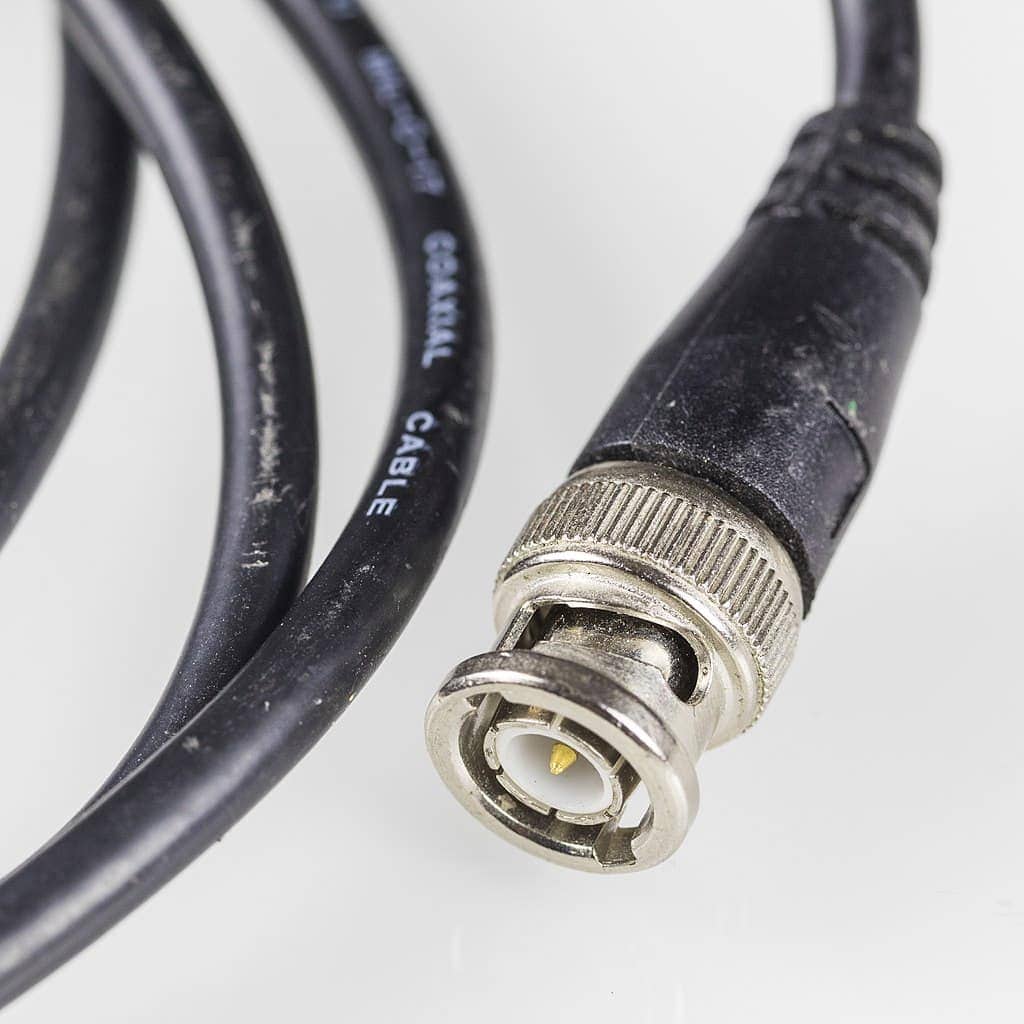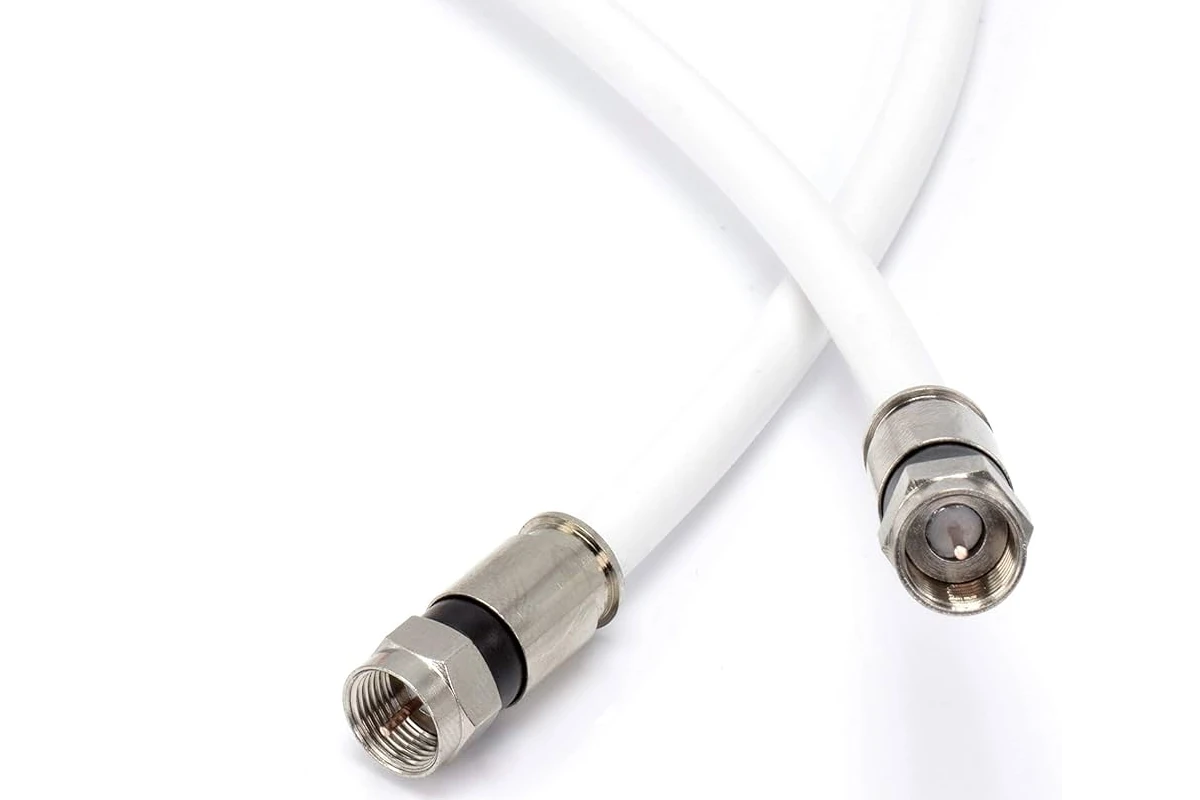Coaxial cables, often referred to as coax cables, are essential for transmitting data and video signals with minimal interference. They consist of an inner conductor surrounded by a tubular insulating layer and a tubular conducting shield. This design provides protection from electromagnetic interference, which is a common issue in data transmission.
The maximum speed of a coax cable depends on factors such as the type of cable, transmission distance, and signal technology. For example, cables like RG-6 and RG-59 support different frequencies, affecting their suitability for high-speed internet and HDTV. Additionally, the quality of the cable and connectors also impacts the maximum achievable speed.
Coax Cable Standards and Maximum Speeds
| Coax Standard | Max Theoretical Speed | Notes |
|---|---|---|
| RG-6 | Up to 1 Gbps | Common for residential cable TV and internet |
| RG-11 | Up to 2.5 Gbps | Thicker cable, used for longer runs or higher bandwidth needs |
| DOCSIS 3.0 | Up to 1 Gbps | Data Over Cable Service Interface Specification (DOCSIS) standard used by cable internet providers |
| DOCSIS 3.1 | Up to 10 Gbps downstream, 1-2 Gbps upstream | Supports faster cable internet speeds |
| DOCSIS 4.0 | Up to 10 Gbps symmetrical (downstream and upstream) | Newest DOCSIS standard, still being rolled out |
Important Considerations:
- Provider Limits: Internet providers may have speed tiers that are lower than what the coax cable itself is theoretically capable of.
- Network & Equipment: Your modem, router, and other network devices also influence your achievable speeds.
- “Up to” Speeds: Advertised speeds are maximums, not guarantees.

Key Takeaways
- Coax cables carry high-frequency signals with minimal loss.
- Maximum speed varies based on cable type, length, and technology.
- Cable quality and connectors affect signal transmission speeds.
Coax Cable Technology Fundamentals
Understanding the design and capabilities of coaxial cables is essential for efficient signal transmission. This section provides insights into coaxial cable construction, factors affecting signal quality, and the various types of cables suited for specific applications.
Coaxial Cable Design
A coaxial cable consists of a central conductor surrounded by an insulating layer, a metal shield, and an outer covering. The central conductor, usually copper wire, carries electrical signals efficiently. The insulating layer, often a dielectric substance, prevents signal loss to the outer layers. Surrounding it, a metal shield blocks external interference that can degrade signal quality. Together, these components form a robust carrier for high-frequency signals.
Signal Transmission and Quality
The quality of the signal transmitted through coaxial cables is determined by several factors such as frequency, the material of the conductor, and shielding effectiveness. Signal loss occurs when the signal is weakened along the length of the cable, known as attenuation. Interference can also disrupt signal integrity; thus, proper shielding is critical to protect against electromagnetic fields. Coax cables with a 75-ohm impedance are commonly used for video, while 50-ohm cables are geared towards data and wireless communications where less signal loss is desired.
Cable Types and Their Uses
Coaxial cables come in various designs, each tailored for specific applications. RG-6 cables are a standard in many homes for television and internet due to their balance of performance and flexibility. In professional settings where longer cable runs are standard and higher bandwidths are required, thicker cables such as RG-11 are favored. Meanwhile, RG-59 finds its place in shorter distance applications and lower frequency demands. Each type offers a particular balance among flexibility, signal quality, and distance capabilities, making it crucial to select the right cable for the task.
Maximizing Coax Cable Performance
Achieving the best possible performance from coaxial cables is crucial for maintaining high-speed data transmission in telecommunications. This involves considering several key factors, from the quality of the installation to the technology behind the cable.
Ensuring Optimal Speeds
Maximizing coaxial cable performance begins with understanding the capabilities of the technology. Broadband providers often use DOCSIS standards to facilitate data transmission over coax cables. DOCSIS 3.0 and 3.1, for instance, are different versions of this technology, with 3.1 offering higher speeds. To ensure optimal internet speeds, it is critical that users are equipped with a modem supporting these standards.
Cable Length and Signal Attenuation
Signal strength tends to diminish as it travels through a cable, a phenomenon known as attenuation. The longer the cable, the more the signal weakens. Therefore, it is important to use the shortest length of cable necessary for a connection. If long distances must be covered, installing an amplifier may be necessary to boost signal strength and maintain data quality.
Considerations for Coaxial Cable Lengths:
| Distance | Attenuation Factor | Recommended Action |
|---|---|---|
| 0-50 feet | Low | Standard installation |
| 50-100 feet | Moderate | Check signal strength |
| 100+ feet | High | Use an amplifier |
Equipment and Installation Considerations
Proper installation and high-quality equipment are essential for coaxial cables to perform well. Electromagnetic interference can disrupt the transmission of data. Users should make sure cables are properly shielded and kept away from sources of interference. Additionally, using a high-quality router and modem optimized for high-speed data transmission will contribute significantly to achieving and maintaining the desired performance levels.
Remember, a strong LAN setup dependent on coax cables will also rely on these factors. Ensuring that the telecommunications setup, including broadband internet, WiFi, and potential cable TV, is up to date and correctly installed will lead to a successful network that supports all needed activities, from streaming to wireless communications.
Frequently Asked Questions
When considering the maximum speeds of coaxial cables, it’s critical to understand the various factors at play. In this section, we tackle some common questions relating to this subject.
What factors determine the maximum speed capability of a coaxial cable?
The maximum speed of a coaxial cable is influenced by its construction quality, shielding, and the technology behind the cable. The signal loss is less in cables with better shielding and thicker cores, which allows higher speeds.
How does the type of coaxial cable impact its speed performance?
Different coaxial cables, like RG-6 or RG-59, are designed for specific uses. RG-6 cables have thicker cores and better shielding, making them suitable for high-frequency signals like HDTV and fast internet services.
What are the speed differences between RG6 and RG11 coaxial cables?
RG6 cables are a standard choice for residential internet for their balance of flexibility and speed handling. RG11 cables, with a larger diameter, are better suited for longer distances without significant signal loss, often used in industrial settings.
Can a coax to Ethernet adapter affect overall internet speeds?
A coax to Ethernet adapter can introduce latency and potentially slow down internet speeds, depending on the quality and specification of the adapter. However, a high-quality adapter should have minimal effect on the internet speed.
How does cable length influence the speed and performance of coaxial cabling?
Longer cable lengths can lead to more significant signal degradation, which can reduce speed and performance. It’s crucial to use the appropriate cable length to maintain optimal signal quality.
In terms of speed, how does coaxial cable compare to fiber-optic technology?
Compared to coaxial cable, fiber-optic technology offers significantly higher speeds and bandwidth capabilities. Fiber-optic cables provide a more direct transmission with less signal loss over distances, making them ideal for modern, high-speed internet services.







